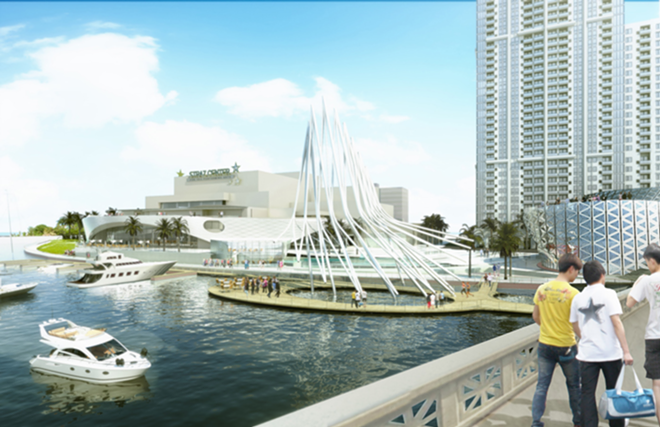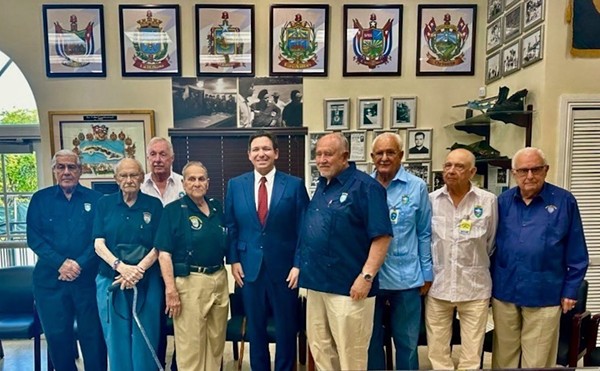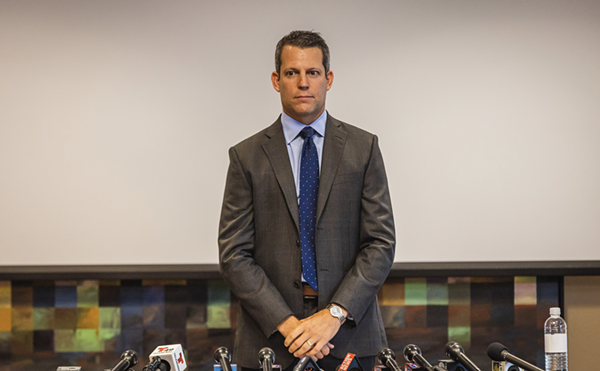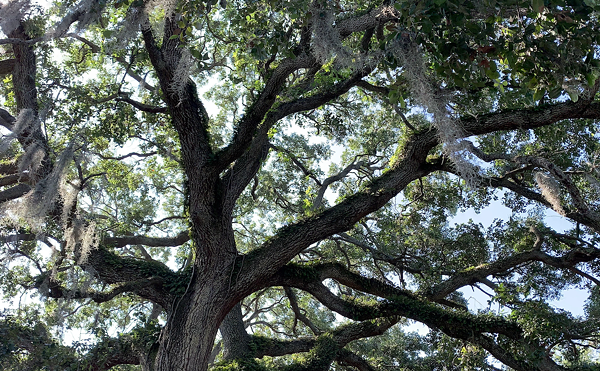
Given that the Hillsborough River runs through the center of Tampa’s downtown, it’s amazing that until recently there was no place to sit on its banks and have a drink — unless you brown-bagged it on the top floor of the Poe Parking Garage.
Improvements have taken place — Tampa Museum of Art’s Sono Cafe, the Aloft, the Sheraton and Malio’s all offer waterside libations — but now the game is really changing for
the better.
The Straz Center is embarking on the creation of public spaces which could be transformative for our community. Inventive, graceful and welcoming, the new outdoor areas will elevate Tampa’s urban experience. As the Straz prepares to celebrate its 30th anniversary in 2017, the board decided to consider its future and turned its gaze outward to the community.
Mercifully, the center’s original architects thought big, so the theaters, foyers and box office are adequate to meet the growing demands of the entertainment that fills them. The dressing rooms, fly space and loading docks can all accommodate the complex sets of the latest shows.
Things were very different in 1987, when this performing arts center opened its doors. Few folks lived downtown and the site was surrounded by surface parking lots. Jim Jennewein, the original architect, was bold in his insistence that the structure not turn its back to the river.
Voters had rejected the “Penny for the Good Life” campaign to fund an arts facility, so Mayor Bob Martinez was a brave leader to match private sector donations with City of Tampa money and fund the Straz. The creation of the three-stage facility immediately upped the community’s self-concept.
Gary Sasso, chairman of its board, cited the Straz as key to his decision to move to Tampa from D.C. “My choice was discretionary and my family wanted to live in a community with cultural offerings.”
When Judy Lisi picked up the reins as Straz president in 1984, things really kicked into high gear. She expanded the stages by digging out a black box theater, created Opera Tampa and initiated the Patel Conservatory, a school for music, dance and theater, physically adjacent to the performance spaces.
This petite dynamo has led the Straz to its current glory as the largest cultural organization in Florida and the busiest box office south of the Kennedy Center. “Everything starts with a dream,” Lisi explains, and then describes her vision of creating a community gathering spot.
Working with Westlake Reed Leskosky, an American architectural firm that specializes in performing arts facilities, the board and Lisi developed a plan to engage the public — making The Straz a go-to place even for people not buying tickets.
They decided to play up the relationship of the Straz to the river. Building a new event space, expanding the lobby of Morsani Hall and linking the riverwalk to both the north and south shifts the entire orientation of the complex.
Paul Westlake, the project’s architect, commented, “This is a theater district in itself, with four stages, a conservatory, and a new stage planned for the event space. We’re adding alluring extras which will attract the community and generate revenue to underwrite the Straz’s artistic offerings.”
Among the planned amenities are a 24-hour cafe on the river, an addition to the existing Maestro’s restaurant located within the Morsani lobby, as well as a new restaurant in the event space, with a bar on the roof.
The addition of more administrative office space on Tyler Street, cantilevered over the sidewalk, means that pedestrians will be sheltered from the elements, the building’s east facade will be softened and the vacated area will allow the Patel Conservatory to add classroom space.
Cars will no longer dominate the entry court, but rather a water view with an iconic piece of sculpture will be the focus of attention. The abstract art included in the schematic plan is conceptual, rather than an existing piece, but its popularity with the public means that the commission for the sculpture will probably reflect its spirit.
Since the original brick buildings were so emphatically stolid and earthbound, the architects are proposing a fresh dynamism of rounded shapes and lighter-feeling materials to energize the center’s exterior. By removing some tired landscaping, they open bright views to the west of the river, an historic industrial bridge and the University of Tampa’s minarets.
These expanded vistas allow visitors better connections to the riverwalk, both visually and actually. New docks will allow boats and water taxis easier access, certainly the most novel way to arrive for a night at the theater.
Unfortunately, people arriving in cars will not have an easier time, though several new adjacent developments may provide additional parking — and the Poe Garage’s new murals do make it the most attractive garage in town.
The adjacent 34-story mixed-use building, AER, is scheduled to break ground in June, with a 2018 completion. Since its plans show a river orientation, the residents would be treated to the view of the Straz’s artwork and event building.
The biggest challenges facing this project are raising the $100 million and then phasing the construction in a fashion so as not to interfere with performances — both steep, but achievable goals.
We all win when this project comes to flower, for our community gets a stylish gathering spot, a cultural destination with a well-designed welcome mat. It will be where we want to be.

















